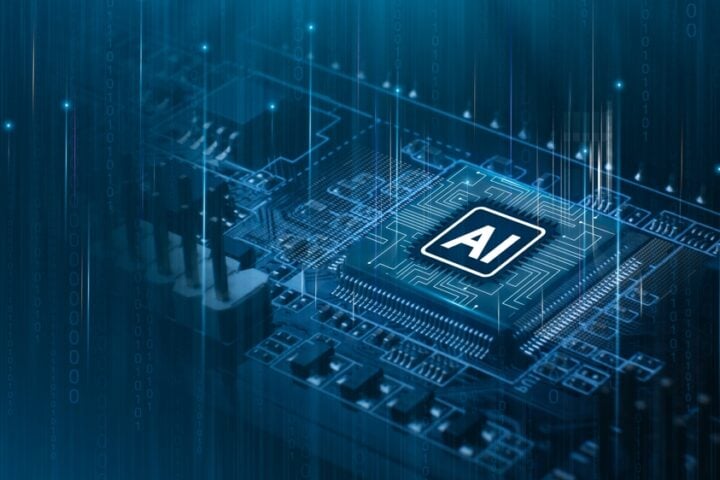The tech industry’s strategy of expanding generative AI by relentlessly scaling up models — more chips, more data, bigger budgets — is facing scrutiny as reports suggest growth may be plateauing. OpenAI, the trailblazer behind the groundbreaking ChatGPT, might see diminishing returns on its new model, Orion, potentially falling short of the significant leap from GPT-3 to GPT-4. This has sparked wider concerns across the AI sector as similar challenges arise for competitors like Google and Anthropic.
The Scaling Approach and its Limits
OpenAI CEO Sam Altman has been a strong advocate for the “just make it bigger” strategy, positing in his The Intelligence Age manifesto that larger models improve predictably with scale. Altman’s confidence reflects the industry’s push to pile on computational power and data to refine AI capabilities. However, as computing resources become more finite and expensive, this approach faces practical and financial challenges. AI models already draw on the bulk of high-quality data available, raising questions about sustainability and the legal gray area of data sourcing.
Bill Gates’s previous warnings about potential stagnation in model advancements and AI critic Gary Marcus’s predictions of a plateau add weight to the concerns. As computational limits and data constraints converge, the strategy’s returns may diminish faster than anticipated.
Exploring Alternative Techniques
While scaling has been the primary driver of AI progress, the industry is already exploring new avenues. Researchers are investigating methods that optimize performance without exponentially increasing energy consumption. Techniques include designing models for specialized tasks and developing hybrid approaches that integrate neural networks with structured knowledge systems — an approach demonstrated by DeepMind’s AI, which tackled complex mathematical challenges by blending data-driven learning with embedded knowledge.
OpenAI has also launched a new model, o1 (formerly known as “Strawberry”), designed to enhance performance by consuming additional computing resources and taking more time for responses, suggesting that the company is experimenting beyond scaling alone.
The Path to AGI and the Roadblocks Ahead
The potential plateau in large language model (LLM) advancements fuels a broader debate about achieving artificial general intelligence (AGI), the aspirational goal of creating human-like intelligence. While some researchers remain convinced that scaling data-heavy models is the path to AGI, others advocate for diversified techniques that combine generative learning with hardwired algorithms and problem-solving frameworks.
Moore’s Law, which historically predicted the doubling of chip performance approximately every two years, faced a similar reckoning after decades of validity. While generative AI’s development has been rapid, there are early signs it could encounter a comparable “wall,” where further scale does not equate to meaningful gains.
Wall Street’s Worries and Market Realities
The financial stakes for Big Tech are immense, with an estimated $200 billion spent on AI investments this year alone. The escalating costs of scaling have made the technology prohibitively expensive, with practical applications largely concentrated in software development and customer service. Consumer adoption trends suggest a potential slowdown, raising questions about the long-term viability of current AI strategies.
Karthik Dinakar, cofounder and CTO of Pienso, encapsulated industry sentiment: “There’s such an appetite and a yearning for something practical, real and not the pie-in-the-sky ‘AI can do everything for you.’ You can’t GPT your way out of this.”
Conclusion: The Future of AI Beyond Scaling
As the generative AI industry navigates its growing pains, the focus may need to shift from sheer scaling to innovation in architecture and data utilization. OpenAI and its peers face the challenge of balancing ambitious growth with practical limitations, prompting a potential pivot to more nuanced and specialized approaches. Whether through hybrid models, new computing techniques, or reimagined data strategies, the AI sector must adapt or risk facing a plateau that could stifle its progress.







